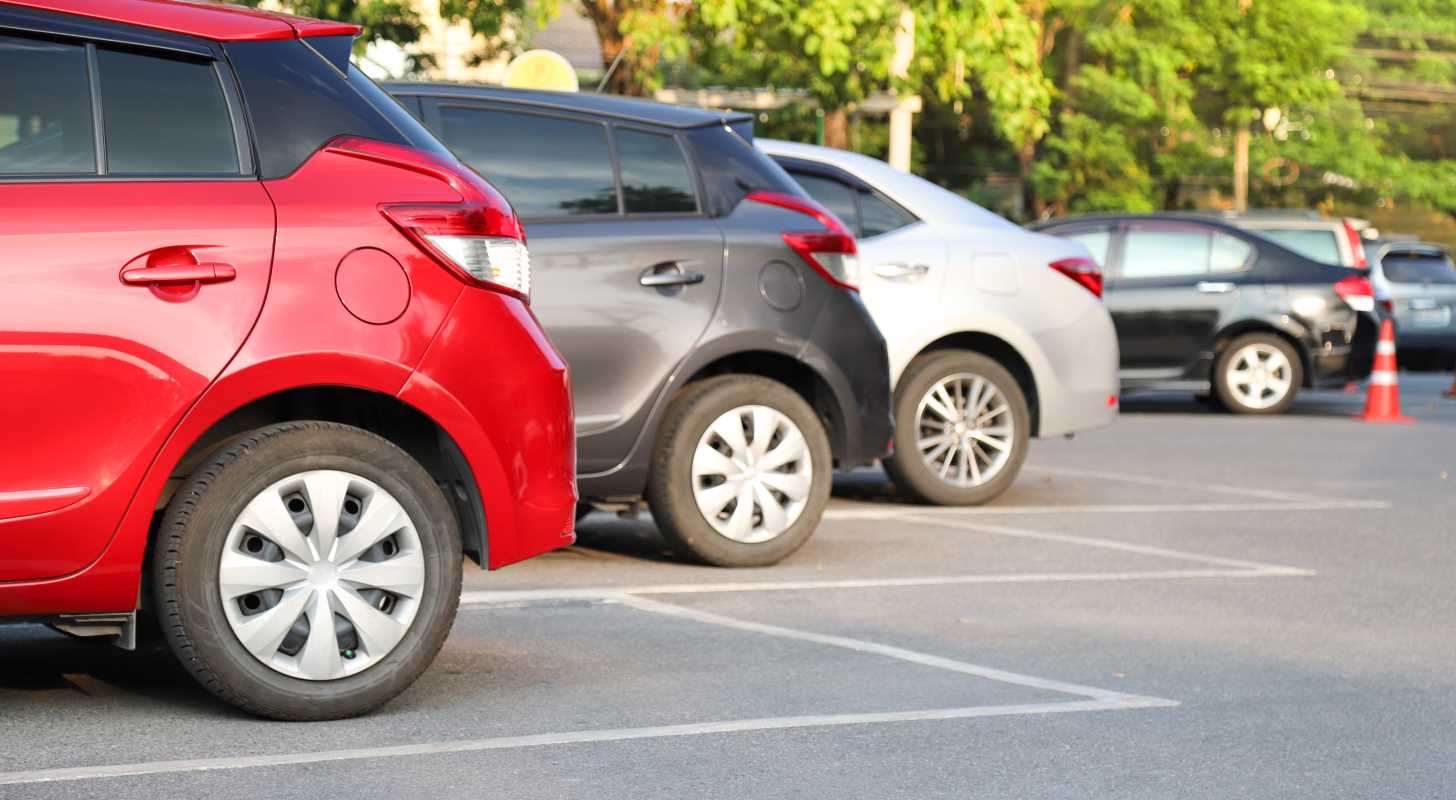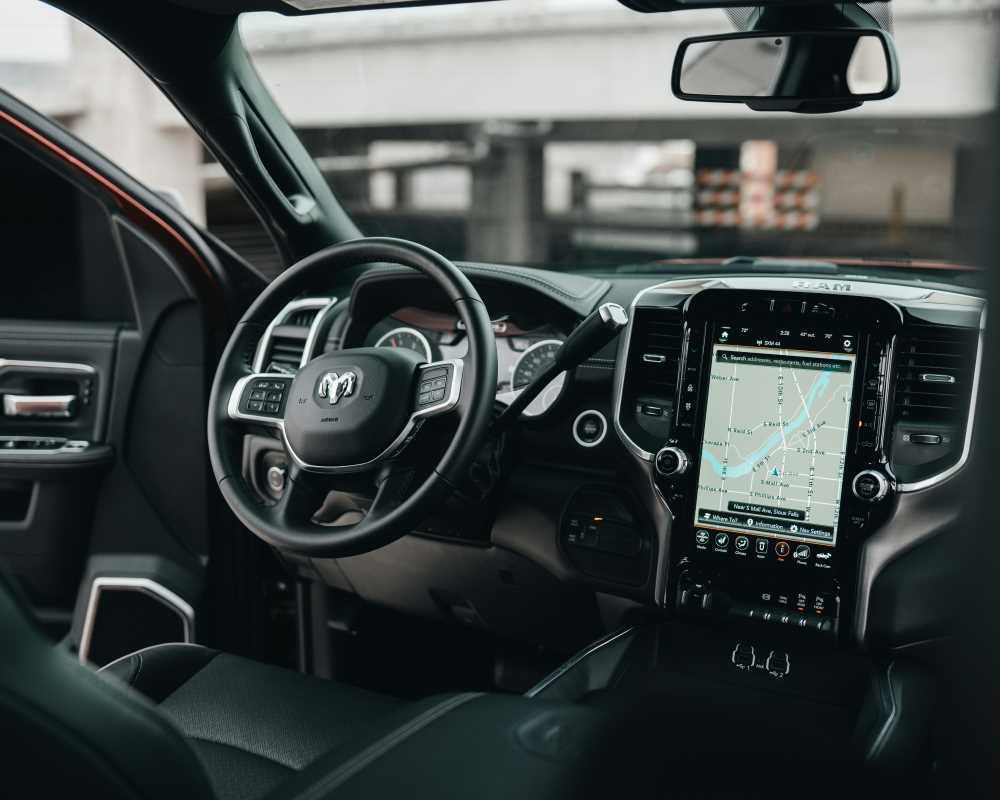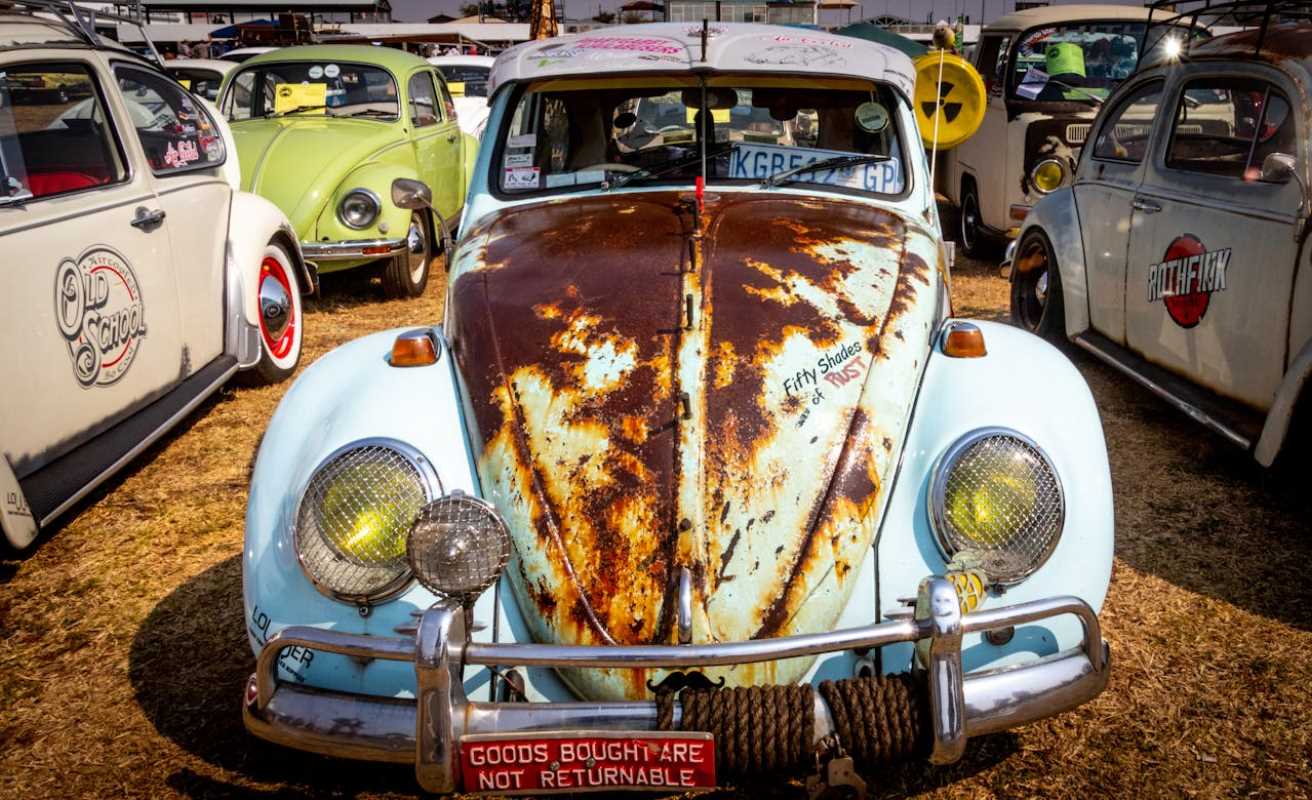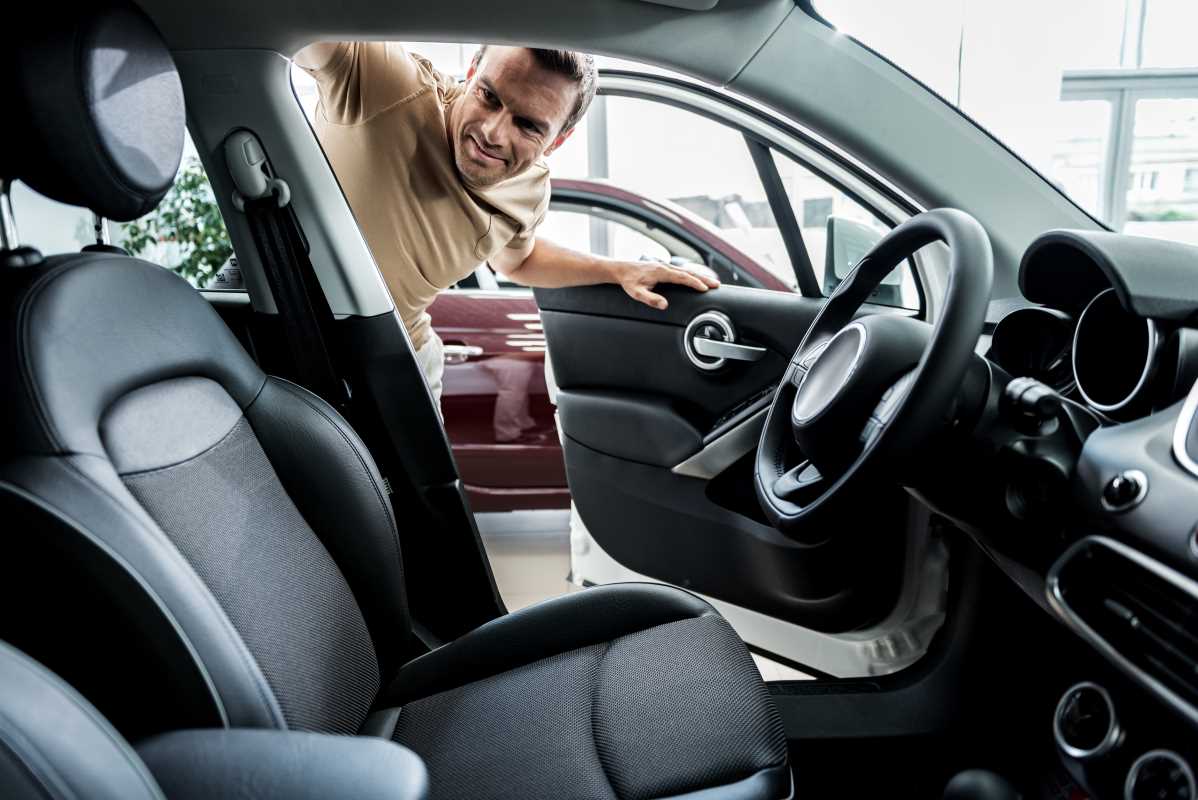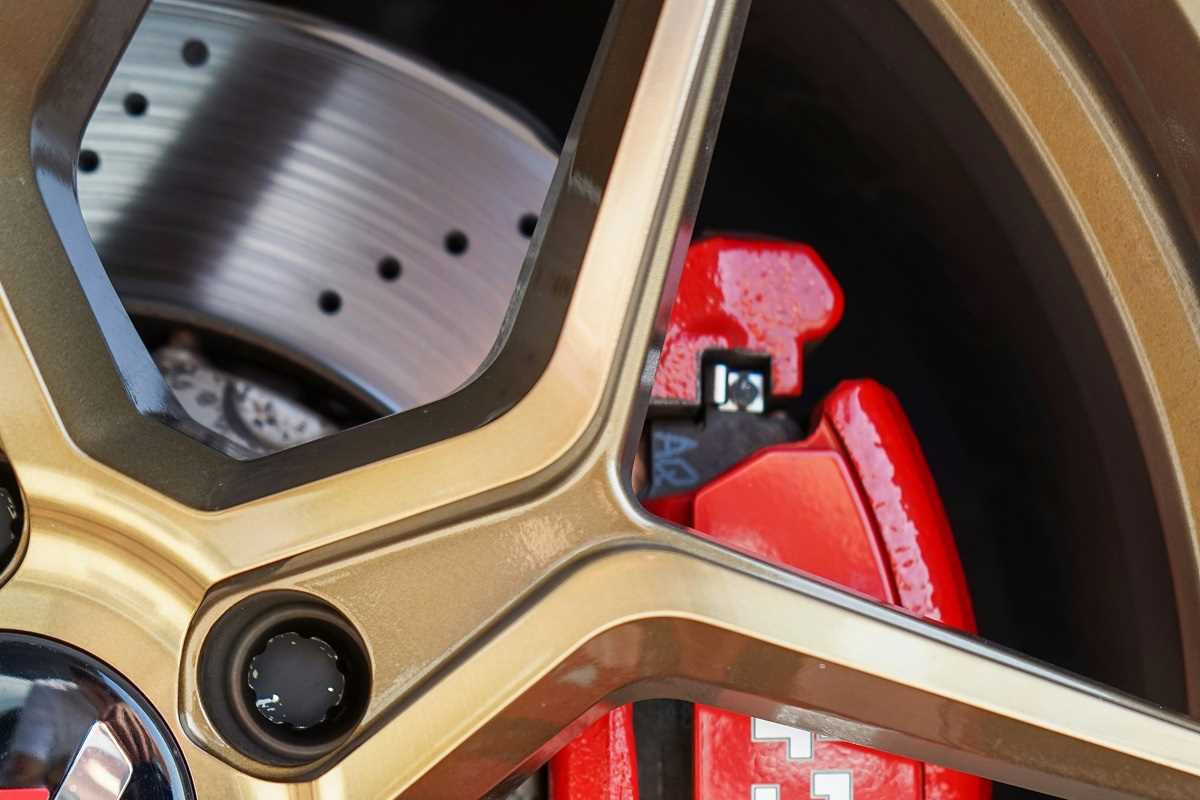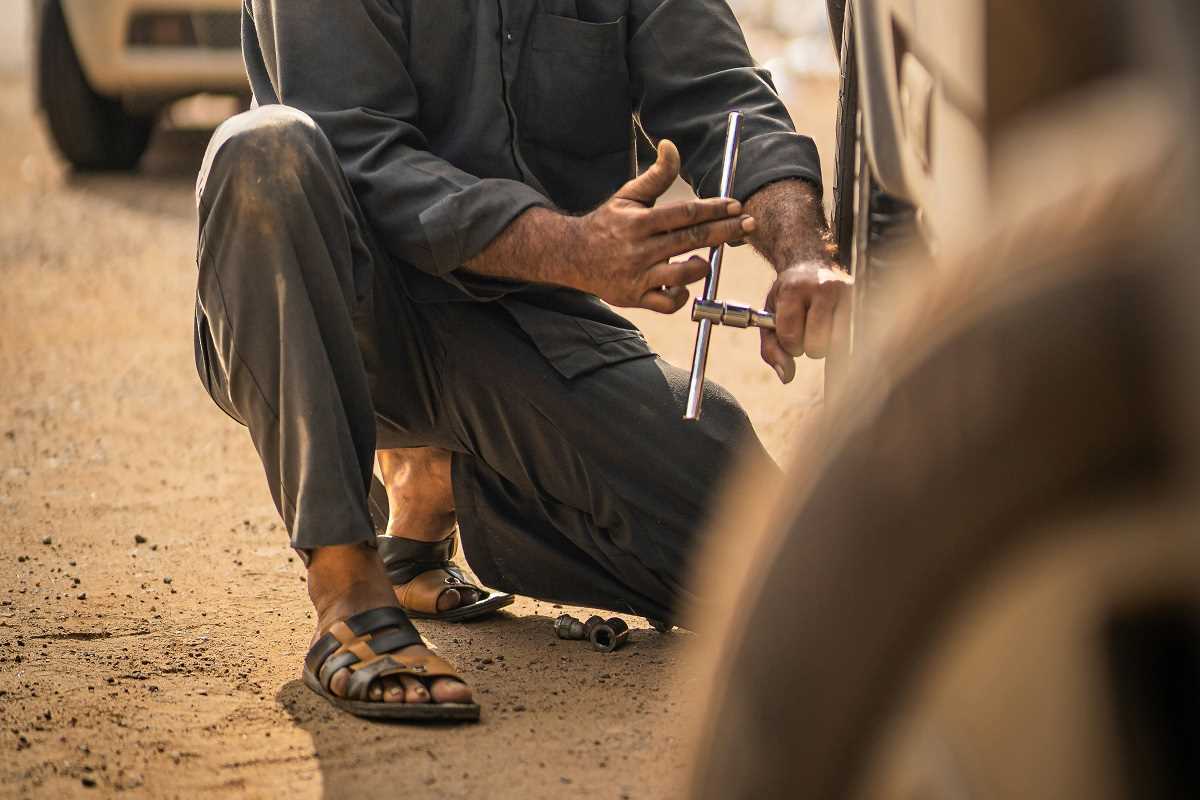Buying a used car is like walking a tightrope. Get it right, and you’ll be cruising along with a big smile and extra money in your wallet. Get it wrong, and you’ll end up with a clunker that’s held together by duct tape and broken dreams. Don’t worry—it’s not rocket science, though it might feel that way when you’re staring at a Craigslist ad for a “slightly used” car with suspiciously vague details. Relax. I’m here to guide you through the process of finding a solid ride without falling for scams—because, trust me, they’re out there.
Step 1: Do Your Homework
Before you even think about driving off with a used car, you need to do some research. No, this doesn’t mean asking your one car-obsessed friend who treats every car show like the Oscars. Start with a vehicle history report. Websites like Carfax or AutoCheck exist for a reason, and that reason is saving you from buying a car that’s been through things you don’t even want to imagine.
What You’re Looking For
Accidents, flood damage, odometer rollbacks—you know, all the fun stuff that screams, “Run away now!” Check if the car has a salvage title, which means it was once declared a total loss by an insurance company. Buying a salvage-titled car is like buying a mystery box labeled “may or may not work.” Hard pass.
And here’s the kicker—if the seller hesitates to provide the history report or brushes off your request? Take that as your cue to moonwalk out of there.
Step 2: Stare at the Car Like It Owes You Rent
Alright, you’ve checked the history; now it’s time to meet your potential new vehicle face-to-face. Bring your best detective skills (and maybe a flashlight).
The Outside
Walk around the car. Slowly. Look for uneven paint jobs, dents, or rust spots. If the car looks like it’s been through a demolition derby, no amount of excuses from the seller is going to make that okay.
Also, check the tires. If they’re as bald as a cue ball, guess what—you’re shelling out for replacements soon. Tires aren’t cheap, and “congratulations on your new car” isn’t nearly as fun when you’re also Googling “discount tire shops.”
The Inside
Climb in and take a big whiff. Weird smells? No, that’s not just how cars “age.” That could mean water damage, mold, or—best case scenario—a previous owner who REALLY loved fast food. While you’re in there, test everything. Windows, locks, heating, cooling. If something doesn’t work, you’re paying to fix it unless you like sweating or freezing in silence.
Under the Hood
Oh, yes. Pop the hood. Now, unless you’re a mechanic, everything under there might just look like “car guts.” But here’s the deal—look for leaks, corrosion, or anything that screams, “I belong in a junkyard.” Don’t be shy. Pretend you know what you’re looking at even if you don’t—it might scare the seller into being more honest.
Step 3: Drive It Like You Stole It (Disclaimer: Legally)
The test drive isn’t optional, people. This is your chance to truly bond with the car.
Pay Attention
Does it start smoothly, or does it sound like it’s coughing up a hairball? Is the steering nice and responsive, or are you fighting it just to stay in your lane? And don’t forget the brakes—if they feel squishy or make you nervous, just imagine what they’ll do in an emergency. Spoiler alert—it won’t be good.
And listen to the car. Weird noises? Those aren’t “quirks.” Cars aren’t supposed to clunk, rattle, or whine like a toddler who missed nap time.
Step 4: Trust Issues Are Your Friend
Whether it’s a private seller or a dealership, don’t immediately trust anyone. Treat every interaction like a first date with someone who might have a secret criminal record.
Private Sellers
Ask the seller why they’re parting ways with the car. If their answer is vague—“Oh, we just don’t need it anymore”—follow up. Dig deeper. People don’t usually drop a perfectly good car because they’re bored.
Oh, and make sure they’re the actual owner. You don’t want to find out later that the car had multiple liens or, worse, was stolen. Pro tip: Compare the title with their ID. If they say “Oh, I don’t have the title on me right now,” just turn around and leave. Trust me.
Dealerships
Dealerships are tricky. Some are great, but others will sell you a car and laugh all the way to the bank. Do your research. Check reviews, make sure they have a good reputation, and don’t fall for high-pressure sales tactics. “This deal won’t last long” translates to “We need to offload this thing ASAP because it’s trash.”
Step 5: Avoid Deals That Look Too Good to Be True
Here’s a life lesson for you—bargains are rare when it comes to cars. If the price is suspiciously low, you’re probably not scoring a sweet deal. You’re scoring a headache on wheels.
Red Flags
- The seller is in a rush to close the deal. Why the hurry? Is the car a ticking time bomb?
- The seller avoids specifics or gets defensive when you ask questions. If it feels shady, it probably is.
- Ads that say, “Like new! Barely driven!” If it’s barely driven, why are they selling it? Don’t just take their word for it—verify everything.
Step 6: Hire a Professional. Yes, Really.
If you’re not a car expert (and be honest, you’re probably not), hire a mechanic for a pre-purchase inspection. Yes, it costs money, but it’s worth it. Think of it this way—you’re about to spend thousands of dollars. What’s an extra hundred bucks to make sure you’re not buying a disaster?
A mechanic will spot problems you’d never notice, like a damaged frame or engine trouble. This can save you from a world of pain—financially and emotionally.
Finding a reliable used car is kind of like dating. You’ll need patience, a bit of detective work, and a lot of skepticism. Check the history, inspect everything, drive it around, and don’t trust anyone blindly. If something feels off, walk away. There are plenty of good cars out there—don’t settle for one that makes you regret every mile. Now, get out there and find your ride. And hey, when you do, don’t forget to name it. It deserves that much after all the effort you just put in.
